Anatomical artists and neurological experts at Johns Hopkins have finally unravelled how night-hunting owls can almost fully rotate their heads without damaging the delicate blood vessels in their necks and heads, and without cutting off blood supply to their brains. The eclectic team of researchers were first-place prize winners in the National Science Foundation’s 2012 International Science & Engineering Visualization Challenge.
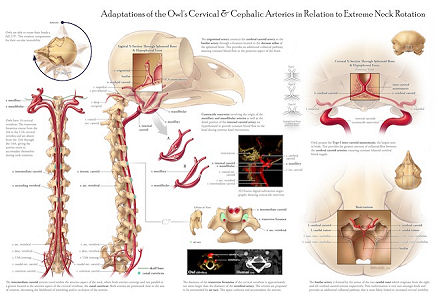
“Until now, brain imaging specialists like me who deal with human injuries caused by trauma to arteries in the head and neck have always been puzzled as to why rapid, twisting head movements did not leave thousands of owls lying dead on the forest floor from stroke,” said co-researcher and neuroradiologist Philippe Gailloud. “The carotid and vertebral arteries in the neck of most animals – including owls and humans – are very fragile and highly susceptible to even minor tears of the vessel lining.”
To solve the puzzle, the Johns Hopkins team studied the bone structure and complex vasculature in the heads and necks of snowy, barred and great horned owls after their deaths from natural causes. An injectible contrast dye was used to enhance X-ray imaging of the birds’ blood vessels, which were then meticulously dissected, drawn and scanned to allow detailed analysis.
The most striking finding came after the researchers injected dye into the owls’ arteries, mimicking blood flow, and manually turned the animals’ heads. Blood vessels at the base of the head, just under the jaw bone, kept getting larger and larger, as more of the dye entered, and before the fluid pooled in reservoirs. This contrasted starkly with human anatomical ability, where arteries generally tend to get smaller and smaller, and do not balloon as they branch out.
The researchers say these contractile blood reservoirs act as a trade-off, allowing owls to pool blood to meet the energy needs of their large brains and eyes, while they rotate their heads. The supporting vascular network, with its many interconnections and adaptations, helps minimize any interruption in blood flow.
The team also documented small vessel connections between the carotid and vertebral arteries – not usually seen in adult humans – that allow blood to be exchanged between the two blood vessels. The researchers say these allow for uninterrupted blood flow to the brain, even if one route is blocked during extreme neck rotation.
Another anatomical variation they discovered was in the owl neck, where one of the major arteries feeding the brain passes through bony holes in the vertebrae. The hollow cavities were approximately 10 times larger in diameter than the vertebral artery traveling through it. The researchers say the extra space in the transverse foraminae, as the holes surrounding the vertebral arteries are known, creates a set of cushioning air pockets that allow the artery to move around when twisted. Twelve of the 14 cervical vertebrae in the owl’s neck were found to have this adaptation.
“In humans, the vertebral artery really hugs the hollow cavities in the neck. But this is not the case in owls, whose structures are specially adapted to allow for greater arterial flexibility and movement,” explained de Kok-Mercado. “Our new study results show precisely what morphological adaptations are needed to handle such head gyrations and why humans are so vulnerable to osteopathic injury from chiropractic therapy. Extreme manipulations of the human head are really dangerous because we lack so many of the vessel-protecting features seen in owls.”
Related:
Discuss this article in our forum
Cockatoo makes his own tools
Birds are baby dinosaurs, say Harvard scientists
Clever cats use mimicry when hunting


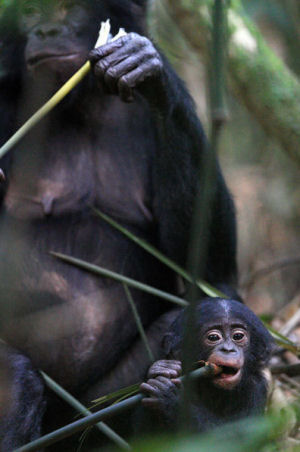

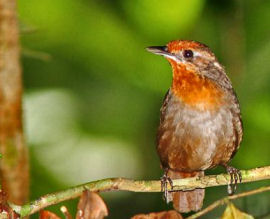

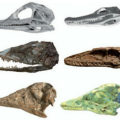

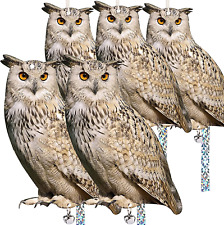
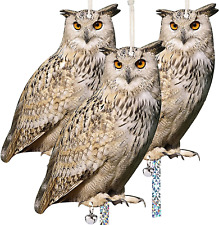
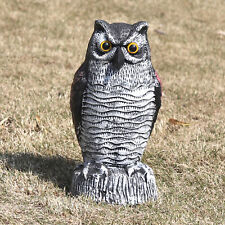
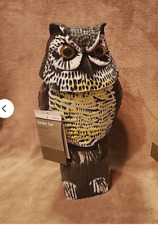
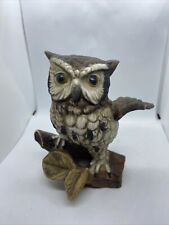
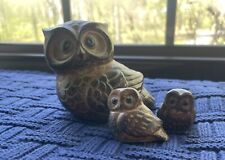

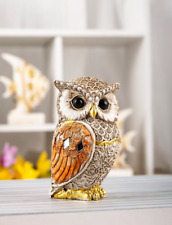

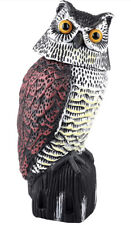
Comments are closed.